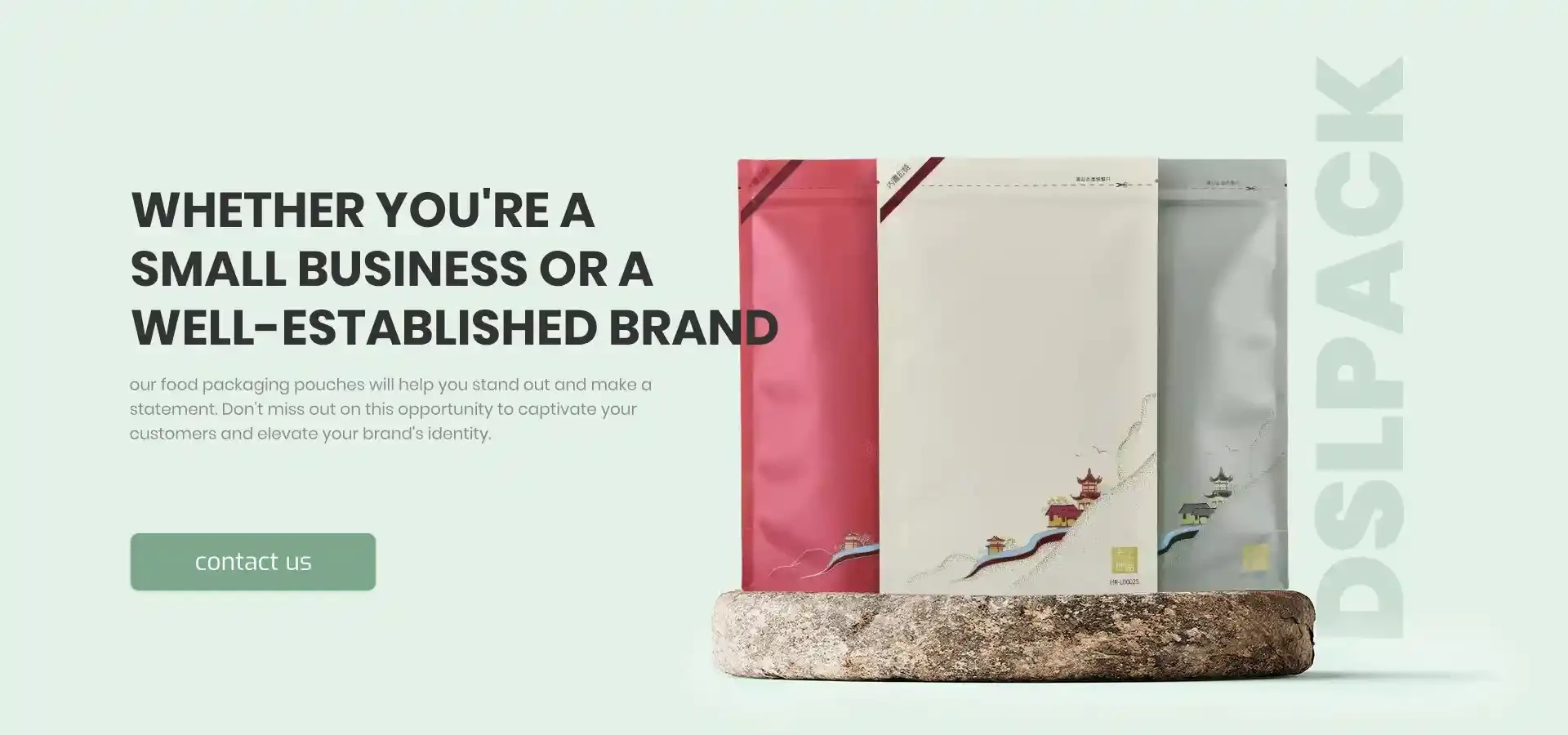- Afrikaans
- Albanian
- Amharic
- Arabic
- Armenian
- Azerbaijani
- Basque
- Belarusian
- Bengali
- Bosnian
- Bulgarian
- Catalan
- Cebuano
- chinese_simplified
- chinese_traditional
- Corsican
- Croatian
- Czech
- Danish
- Dutch
- English
- Esperanto
- Estonian
- Finnish
- French
- Frisian
- Galician
- Georgian
- German
- Greek
- Gujarati
- haitian_creole
- hausa
- hawaiian
- Hebrew
- Hindi
- Miao
- Hungarian
- Icelandic
- igbo
- Indonesian
- irish
- Italian
- Japanese
- Javanese
- Kannada
- kazakh
- Khmer
- Rwandese
- Korean
- Kurdish
- Kyrgyz
- Lao
- Latin
- Latvian
- Lithuanian
- Luxembourgish
- Macedonian
- Malgashi
- Malay
- Malayalam
- Maltese
- Maori
- Marathi
- Mongolian
- Myanmar
- Nepali
- Norwegian
- Norwegian
- Occitan
- Pashto
- Persian
- Polish
- Portuguese
- Punjabi
- Romanian
- Russian
- Samoan
- scottish-gaelic
- Serbian
- Sesotho
- Shona
- Sindhi
- Sinhala
- Slovak
- Slovenian
- Somali
- Spanish
- Sundanese
- Swahili
- Swedish
- Tagalog
- Tajik
- Tamil
- Tatar
- Telugu
- Thai
- Turkish
- Turkmen
- Ukrainian
- Urdu
- Uighur
- Uzbek
- Vietnamese
- Welsh
- Bantu
- Yiddish
- Yoruba
- Zulu
Optimal Methods for Packing and Storing Potatoes Efficiently
Packaging Potatoes An Essential Step in the Supply Chain
Potatoes are one of the most versatile and widely consumed vegetables around the globe. From being a staple food in many households to underpinning some of the most popular fast food items, potatoes hold a significant place in our diet. However, the journey from farm to table is not as straightforward as it may seem. An essential component of this journey is the packaging of potatoes, which plays a critical role in maintaining their quality and ensuring they reach consumers in optimal condition.
The importance of packaging potatoes cannot be overstated. First and foremost, effective packaging is vital for protecting the potatoes from physical damage during transport. Potatoes are susceptible to bruising and other injuries, which can lead to rot and spoilage. By using sturdy materials that cushion the potatoes, such as mesh bags, cardboard boxes, or wooden crates, producers can minimize the risk of damage. Packaging not only safeguards the potatoes but also helps in maintaining their freshness by allowing for proper ventilation.
Moreover, the packaging serves a crucial role in preserving the potatoes' quality. Potatoes are living organisms that continue to breathe after harvest. This respiration process can lead to moisture loss, resulting in shrivelled and unappetizing potatoes. Therefore, packaging must strike a balance between providing sufficient airflow to prevent overheating and restricting moisture loss. Innovations in packaging technology have yielded breathable materials that facilitate this balance, extending shelf life and keeping potatoes in prime condition for longer periods.
packaging potatoes

Another significant aspect of potato packaging is its impact on branding and marketing. In a world where consumers are increasingly conscious of food quality, sustainability, and aesthetics, packaging can be a decisive factor in purchasing decisions. Well-designed packaging can communicate a brand's values, such as organic farming practices or environmental responsibility. For instance, brands are now opting for biodegradable or recyclable packaging to appeal to eco-conscious consumers. Eye-catching designs and informative labels that highlight nutritional benefits can also attract attention in retail settings, boosting sales.
The supply chain for potatoes is complex, involving multiple stakeholders—from farmers to distributors, retailers, and ultimately, consumers. Each participant plays a role in ensuring that the potatoes are properly packaged to meet their specific requirements. For instance, retailers may prefer smaller, more manageable packaging options for in-store display, while distributors might prioritize bulk packaging for efficient transportation. Understanding these needs is crucial for the producers to align their packaging strategies accordingly.
Furthermore, advancements in technology are continually reshaping the packaging landscape. Smart packaging solutions, such as RFID tags and temperature sensors, provide real-time data about the condition of the potatoes during transportation. This technology allows for quick responses to potential issues, ensuring that any problems are addressed before they escalate. Additionally, traceability has become a vital aspect of modern packaging, enabling consumers to know the origin of their potatoes and the farming practices employed.
In conclusion, packaging potatoes is more than just putting them in a container; it is a multifaceted process that influences quality, safety, and marketing. As consumer preferences evolve and the industry adapts to new challenges, the importance of innovative and responsible packaging will continue to grow. By prioritizing effective packaging solutions, stakeholders can help ensure that potatoes not only make it to our tables but do so in a manner that reflects quality and care.













